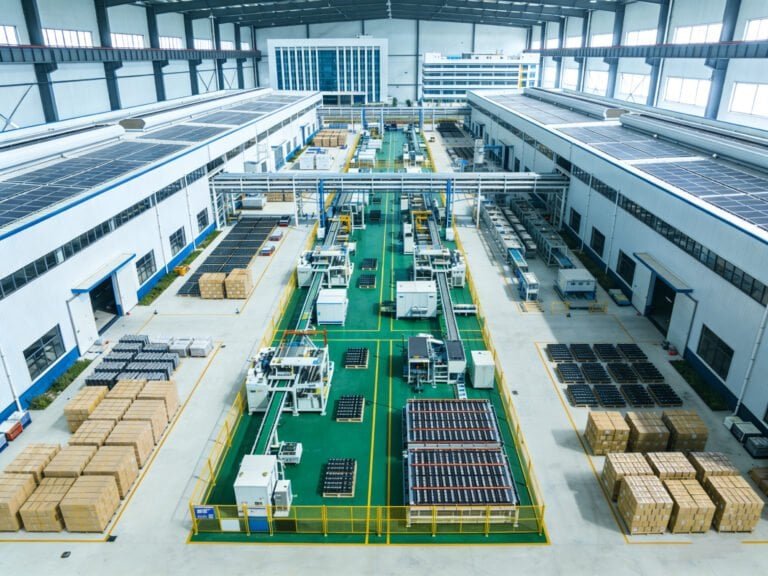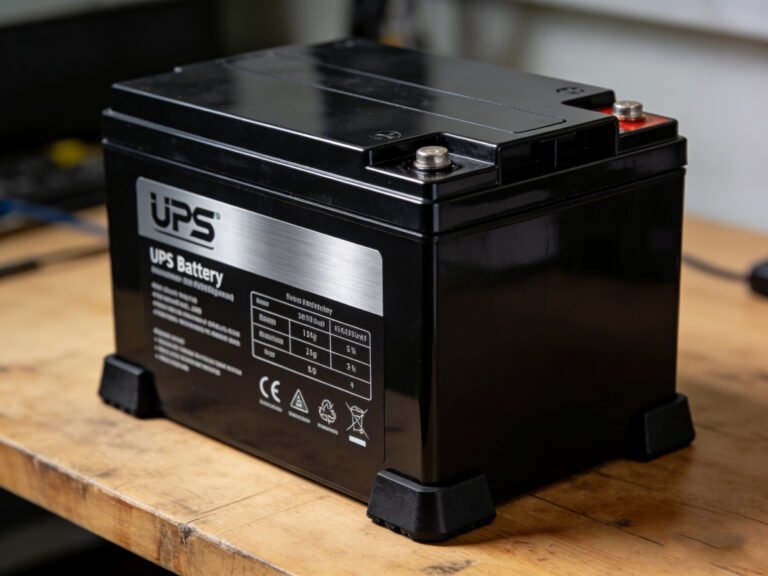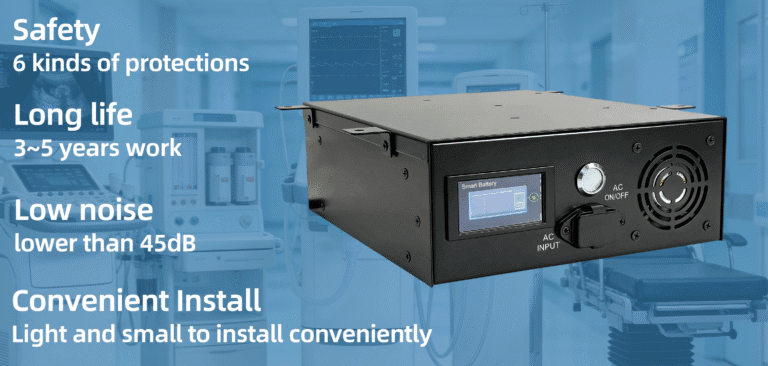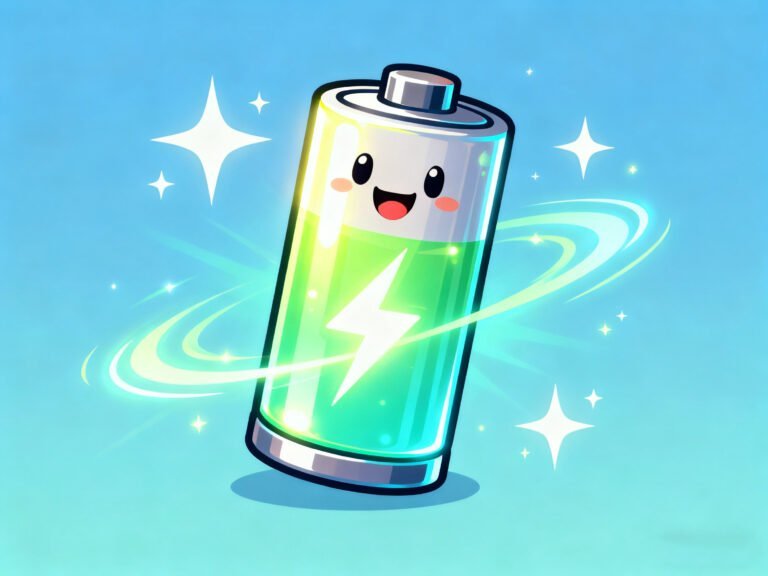As the demand for energy storage solutions rises, LiFePO4 (Lithium Iron Phosphate) battery packs have become a preferred choice for applications ranging from electric vehicles (EVs), solar energy storage systems, to backup power supplies. Known for their safety, long cycle life, and stability, LiFePO4 batteries are the go-to solution for professionals and hobbyists alike. But how exactly do you build a reliable LiFePO4 battery pack?
In this article, we’ll walk you through the step-by-step process of building a LiFePO4 battery pack, along with expert tips to ensure safety, performance, and durability. Whether you’re an engineer, product developer, or a DIY enthusiast, this guide will help you understand the key components, design principles, and assembly procedures involved in LiFePO4 battery pack construction.
Why Choose LiFePO4 Batteries?
Before diving into the construction process, let’s explore the advantages of LiFePO4 chemistry:
-
Enhanced Safety: Unlike other lithium chemistries, LiFePO4 cells are thermally stable and less prone to overheating or combustion.
-
Longer Lifespan: Up to 2000–5000 charge-discharge cycles with minimal capacity degradation.
-
High Discharge Rate: Ideal for high-power applications like e-bikes, AGVs, solar storage, and off-grid systems.
-
Stable Voltage Curve: Maintains consistent voltage throughout the majority of the discharge cycle.
-
Environmentally Friendly: Contains no cobalt and is less toxic than other lithium chemistries.
Step-by-Step Guide to Building a LiFePO4 Battery Pack
Step 1: Define Your Battery Specifications
The first and most crucial step is determining your battery pack’s voltage, capacity, and application.
-
Voltage (V): Determined by the number of cells in series. Each LiFePO4 cell has a nominal voltage of 3.2V. For example:
-
12V pack = 4 cells in series (4S)
-
24V pack = 8 cells in series (8S)
-
48V pack = 16 cells in series (16S)
-
-
Capacity (Ah): Determined by the number of cells in parallel. More parallel cells mean higher capacity and longer runtime.
-
Energy (Wh) = Voltage (V) × Capacity (Ah)
-
Application: Define whether the battery is for solar storage, RVs, golf carts, or e-bikes, as this affects discharge rates and form factor.
Expert Tip: Always overestimate your capacity requirement by 10–20% to ensure longevity and performance under heavy loads.

Step 2: Source High-Quality LiFePO4 Cells
LiFePO4 cells are available in cylindrical, prismatic, and pouch formats. Prismatic cells are most common for DIY and industrial packs due to their high capacity and ease of handling.
Key factors when selecting cells:
-
Brand reputation (e.g., EVE, CATL, Lishen, FirstPower)
-
Same batch and production date
-
Internal resistance and voltage consistency
-
Grade A or automotive-grade cells
Expert Tip: Perform internal resistance and capacity tests before assembling the cells. Balancing the cells during the initial setup will reduce stress on the BMS and prolong lifespan.
Step 3: Select a Smart BMS (Battery Management System)
The BMS is the “brain” of your battery pack, protecting it from:
-
Overcharging
-
Over-discharging
-
Overcurrent
-
Short circuits
-
Temperature extremes
A smart BMS with Bluetooth or CAN communication is ideal for remote monitoring and real-time diagnostics.
Choose a BMS based on:
-
Voltage (e.g., 12V/24V/48V)
-
Discharge/Charge current rating
-
Number of series cells (S)
-
Features: balancing, temperature protection, communications
Expert Tip: Invest in a programmable BMS that can be fine-tuned for your application. Safety should never be compromised.
Step 4: Gather Required Tools and Materials
Here’s what you’ll need:
-
LiFePO4 cells (prismatic or cylindrical)
-
BMS (smart or basic)
-
Nickel strips or copper busbars
-
Cell spacers or compression frames
-
Spot welder or busbar screw kits
-
Battery cables and lugs
-
Thermal pads or insulation tape
-
ABS/metal battery case
-
Battery balancer (optional)
-
Multimeter and battery tester
-
Heat shrink or epoxy resin (optional sealing)
Optional but recommended:
-
Battery monitor or display
-
Temperature sensors
-
Fuse or circuit breaker
Step 5: Assemble the Cells
A. Series and Parallel Configuration
-
Connect cells in series (S) to increase voltage.
-
Connect cells in parallel (P) to increase capacity.
Example: A 12V 100Ah pack = 4S1P (4 prismatic 100Ah cells in series)
B. Orientation and Cell Compression
-
Align cells with positive and negative terminals alternating for ease of connection.
-
Use compression frames for prismatic cells to prevent swelling.
Expert Tip: Always verify polarity before connecting cells. A reverse connection can destroy your cell or cause thermal damage.
Step 6: Connect Busbars or Nickel Strips
Use copper busbars or nickel-plated steel strips to connect the cells.
-
Tighten with torque wrench for consistent contact.
-
Apply anti-corrosion grease on terminals.
-
Label series connections clearly.
Expert Tip: Avoid welding directly on LiFePO4 prismatic cells. Use bolted connections or compression plates.
Step 7: Wire the BMS
Connect the BMS balance wires to each cell group based on series configuration.
-
Ensure correct wiring order: B-, B1, B2… B+.
-
Secure connections with heat shrink or silicone.
-
Connect main charge/discharge lines to BMS output terminals.
Warning: Incorrect BMS wiring may permanently damage the BMS or cells. Always consult the datasheet and use a multimeter to double-check.
Step 8: Initial Charging and Balancing
-
Use a LiFePO4-compatible charger (with CV = 3.65V/cell)
-
Perform a slow charge to 100% SOC for balancing
-
Use a battery balancer or allow the BMS to auto-balance cells
Expert Tip: Never use a lead-acid charger. LiFePO4 cells have different charging profiles and require constant current/constant voltage (CC/CV) charging.
Step 9: Enclose and Protect the Battery Pack
Place the assembled battery in a protective case or enclosure:
-
Use ABS plastic or metal for external housing
-
Add foam, silicone, or padding to reduce vibrations
-
Install ventilation ports if used in high-heat environments
-
Include fuses, circuit breakers, or switches for safety
Step 10: Test and Commission the Battery Pack
Before deploying, perform these tests:
-
Voltage and resistance checks
-
Load test with inverter or dummy load
-
Monitor temperature and voltage during discharge/charge cycles
-
Cycle test (optional)
Install the pack in its intended system and monitor for at least 24 hours under real usage conditions.
Safety Considerations
-
Do not overcharge (>3.65V per cell) or over-discharge (<2.5V per cell)
-
Avoid mechanical puncture or shock
-
Install thermal sensors and proper venting in enclosed spaces
-
Store at 50% SOC if unused for long periods
-
Recycle responsibly at end-of-life
Expert Tips from Industry Leaders
According to engineers at Shenzhen First Power Energy Co.,Ltd (Yi Zhan battery), a professional lithium battery manufacturer with 12+ years of experience:
“Building your own LiFePO4 battery pack can be rewarding and cost-effective, but requires attention to detail and safety. Always source quality cells, use a certified BMS, and test extensively before use.”
Dongguan Yizhan Electronic Technology Co., Ltd. offers custom LiFePO4 battery packs for applications including:
-
Electric bikes (eBike)
-
AGVs and AMRs
-
Golf carts
-
Energy storage systems (ESS)
-
Backup power (UPS)
They also provide OEM/ODM services, smart BMS integration, and certifications such as EN 50604 and (EU) 2023/1542 compliance for European markets.

Final Thoughts
Whether you’re building a small 12V pack for a DIY solar project or a large-scale battery system for industrial equipment, understanding how to design, assemble, and manage a LiFePO4 battery pack is crucial. With the right tools, components, and knowledge, you can create a safe, efficient, and durable battery system tailored to your specific needs.
If you’re looking for reliable battery solutions, components, or expert guidance, Shenzhen First Power Energy Co.,Ltd.(Yi Zhan battery) is here to support your journey. Contact us to explore our range of LiFePO4 battery packs, engineering services, or technical consulting.
About Dongguan Yizhan Electronic Technology Co., Ltd.
Dongguan Yizhan Electronic Technology Co., Ltd. is a leading lithium battery manufacturer based in Dongguan, China, specializing in LiFePO4 battery pack design, BMS integration, and custom energy storage solutions. With over a decade of R&D and manufacturing experience, Dongguan Yizhan Electronic Technology Co., Ltd. delivers certified, high-performance batteries for global markets in mobility, energy, and industrial sectors.







